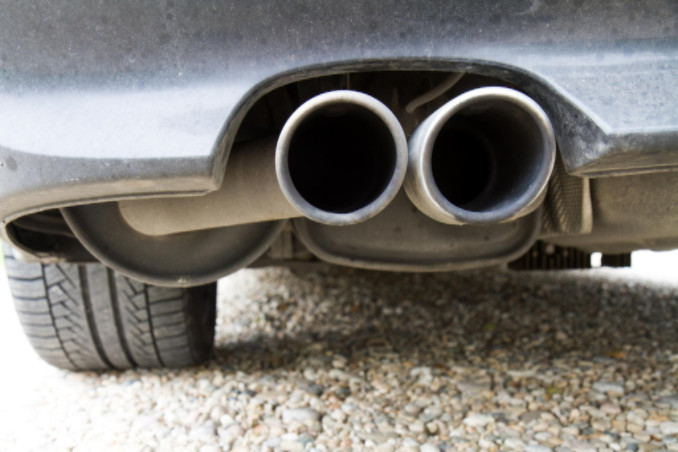It’s a legal requirement for vehicles being driven in the United States to meet EPA emission standards. This is the standard for air pollutants permitted to be put into the atmosphere and these levels are quantitative.
A vehicle’s emissions level is determined by measuring a specified amount of air pollutants released from the car during a predetermined periods of time during operation. The goal of emission standards is to improve air quality and protect the public’s health.
Environmental Protection Agency (EPA)
Emission standards in the United States are determined and managed by the Environmental Protection Agency (EPA). Federal law makes it possible for individual state’s to have stricter vehicle emission standards; however, each state’s emission standards must be approved by the EPA.
Emission Standards
The EPA has announced its plans to maintain current standards for gas emissions through 2025. The EPA’s current standards were put in place in 2012. The goal of the standards is to decrease pollution from automobiles, protect people from dangerous emissions and reduce the use of fossil fuels. These gas emission standards will apply to all passenger vehicles as well as smaller models of trucks until the year 2025.
Federal Warranties
Vehicle manufacturers are required to provide two emission control warranties on vehicles. This includes a Design and Defect Warranty as well as a Performance Warranty. The Design and Defect Warranty will cover fixing vehicle parts associated with emissions as well as repairs associated with emission controls. This warranty covers defects for two years or 24,000 miles. A Performance Warranty covers repairs to emission controls or vehicle parts associated with a vehicle failing an emission test.
Warranty Protection
If a vehicle owner lives in an area where an Inspection and Maintenance (I/M) program complies with federal guidelines, they may be eligible for warranty protection. The vehicle is required to be repaired according to state and local laws. The emission test failure must not have resulted from the misuse of the vehicle or the vehicle owner not following written maintenance instructions from the manufacturer.
The vehicle must be presented to a manufacturer representative who is authorized to make the repair. The vehicle owner must also provide proof that the emission test failure occurred during a period of time covered by the manufacturer’s warranty.
Emission Standard Success
There has been research conducted concerning the effectiveness of EPA’s gas emission standards. The results have shown the standards are working as planned and producing the desired results. These standards will be required to be met by all vehicle manufacturers by 2025. The EPA has examined extensive technical records and believes these standards will remain effective and affordable.
This is based on confidence that vehicle manufacturer’s ability to advance technology. Their ability to be innovative will make powering vehicles more cost-effective while protecting people’s health and the environment.
Technologies
The EPA believes these technologies will also involve a variety of transmission upgrades. This includes everything from gasoline direct injection, stop-start systems and more. These new technologies will be able to help vehicle manufacturers stay in compliance with the EPA’s standards far into the future.
Vehicle Choices
CO2 emissions under this program are decreasing. Improved fuel economy is combining with changing consumer vehicle choices to make it possible to meet these CO2 standards. During the past five years, the number of vehicles that are diesel or hybrids has doubled. There is even an increase in the number of plug-in electric vehicles on the road. The number of vehicles with a fuel economy of 30 miles per gallon (MPG) or more has increased six-fold.
National Program
The EPA standards are part of a national program for better fuel economy. They are designed for passenger vehicles and trucks and cover greenhouse gas (GHG) emissions. These standards were jointly developed by the National Highway Traffic Safety Administration (NHTSA) and EPA. The first phase covered vehicle model years between 2012 and 2016. The second phase covers model years between 2017 and 2025. These standards are anticipated to significantly decrease emissions of carbon dioxide by 2025.
It is anticipated these emission standards will save families in the United States up to $1.6 trillion in the cost of fuel. By 2025, it should also decrease America’s dependence on fossil fuels by over 1.9 million barrels a day.

